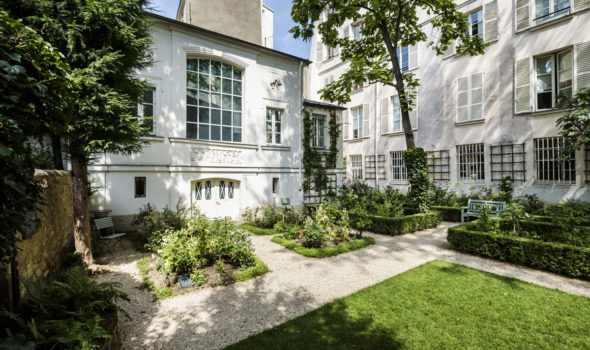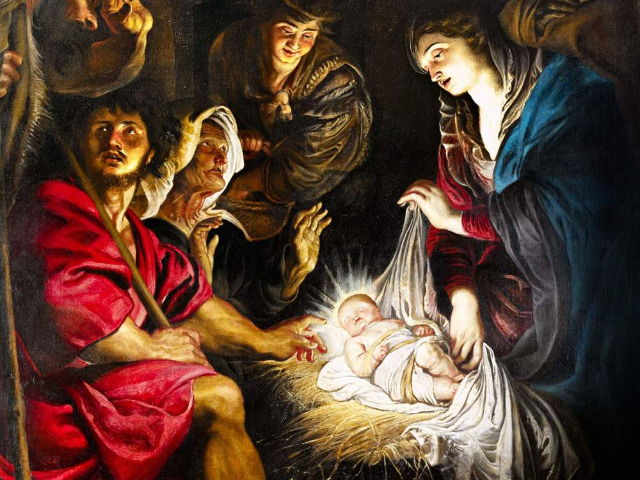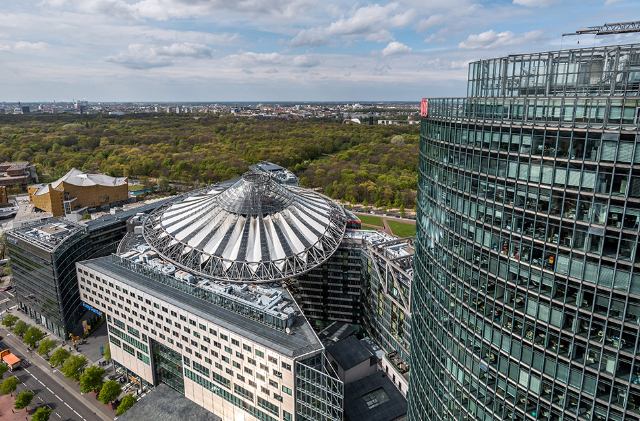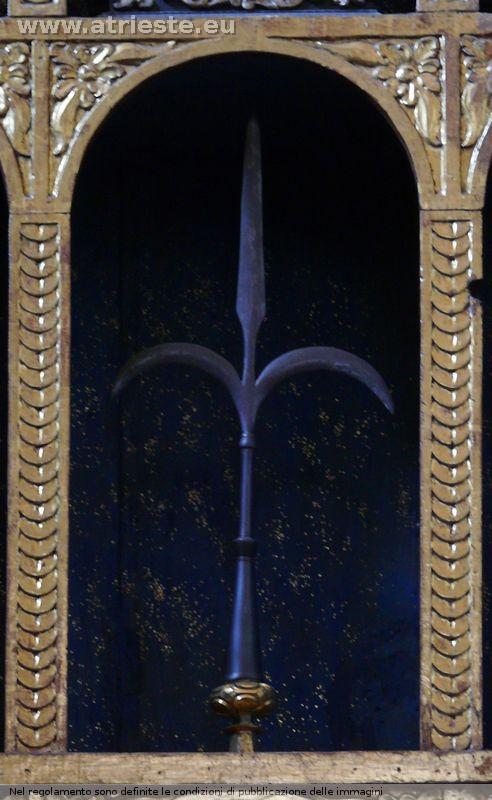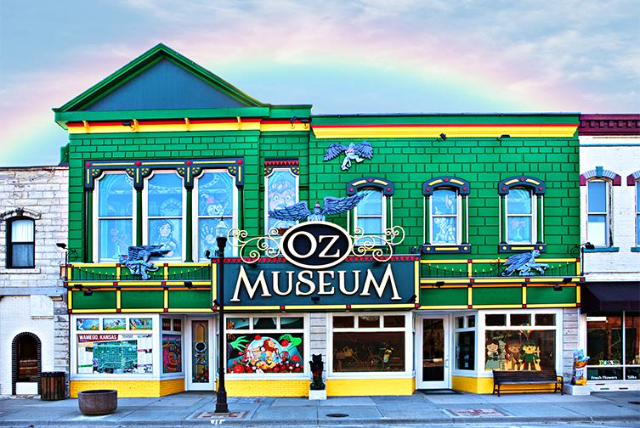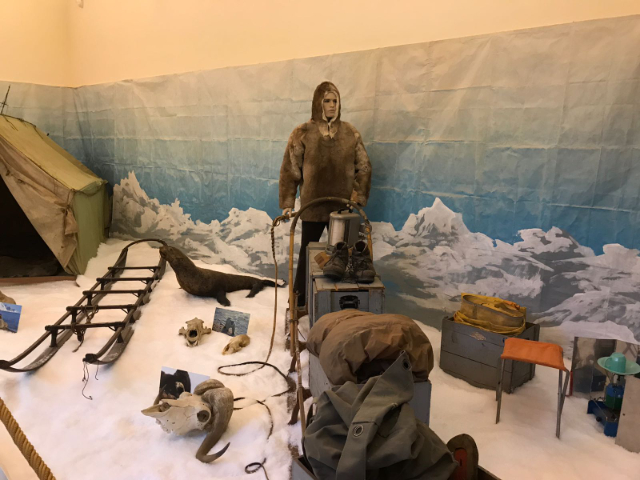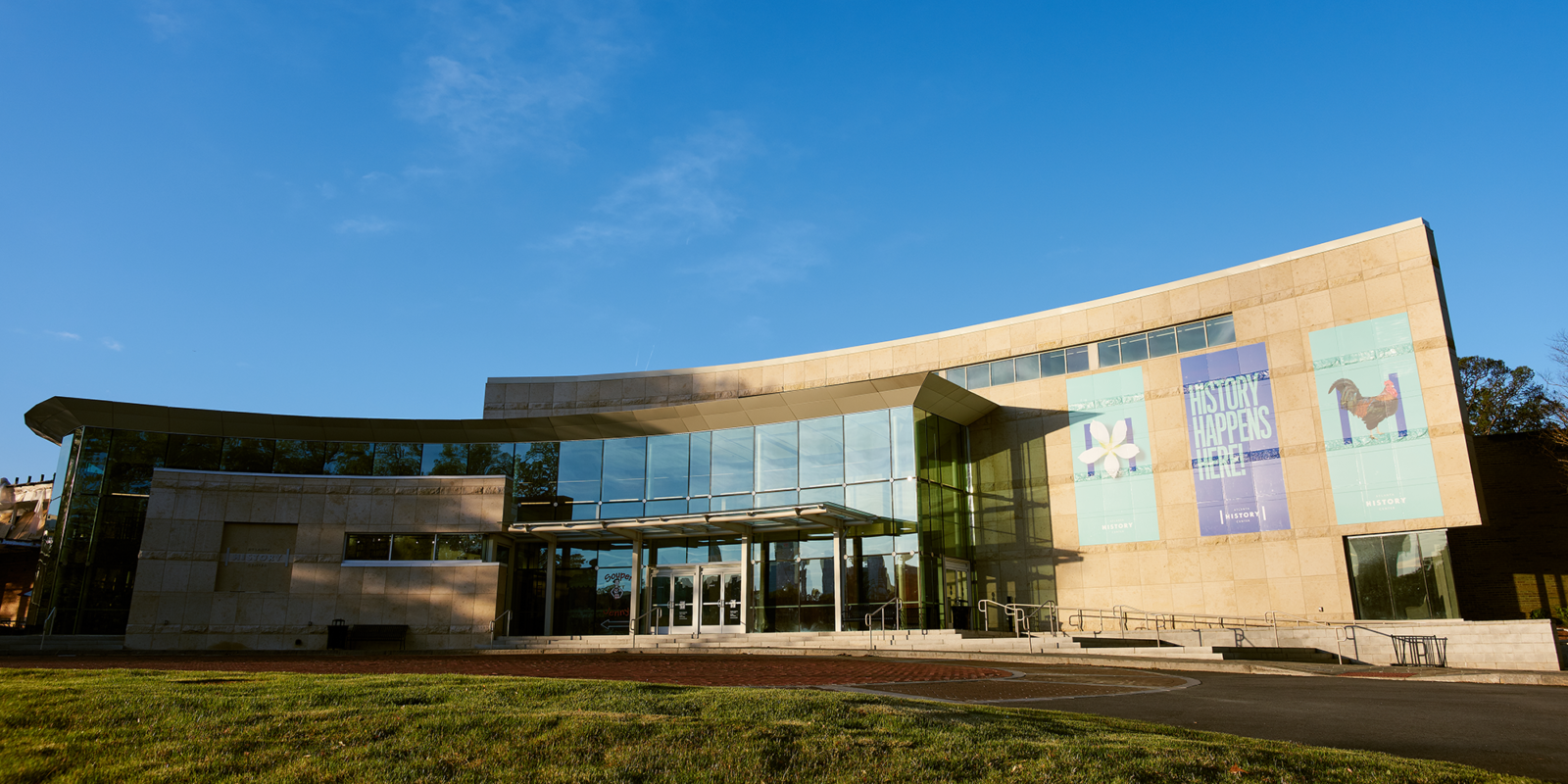The view of my small garden and the smiling appearance of my atelier always arouse in me a feeling of pleasure": so wrote the great French painter, Eugene Delacroix (1798-1863), referring to the studio in the heart of the Latin Quarter in which he spent the last years of his life, transformed today into the Musée National Eugène Delacroix, one of the most secret and fascinating places in the capital of France.The Musée National Eugène Delacroix, in French Musée National Eugène Delacroix, is entirely dedicated to one of the most important French painters, considered the greatest exponent of the Romantic movement in his country. The museum, located in the small rue de Furstenberg behind the church of St-Germain-des-Près, is housed in the house where Delacroix lived and worked from 28 December 1857 until his death. Inaugurated in 1971, the museum houses several of the painter’s works, including paintings, personal objects, letters, drawings, his palette and a series of exotic objects from his trip to Morocco. The works kept in the museum cover all stages of the painter’s career, including "Mary Magdalen in the Wilderness", one of his most unusual religious works, "The Education of the Virgin", made in Nohant in 1842, and "Romeo and Juliet at the Tomb of the Capulets". The picturesque surroundings and the open-air market on rue de Buci are also worth a visit.
